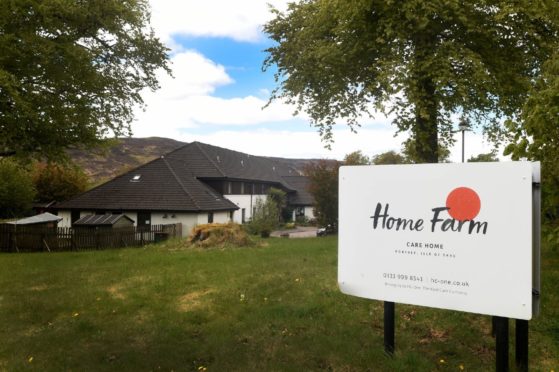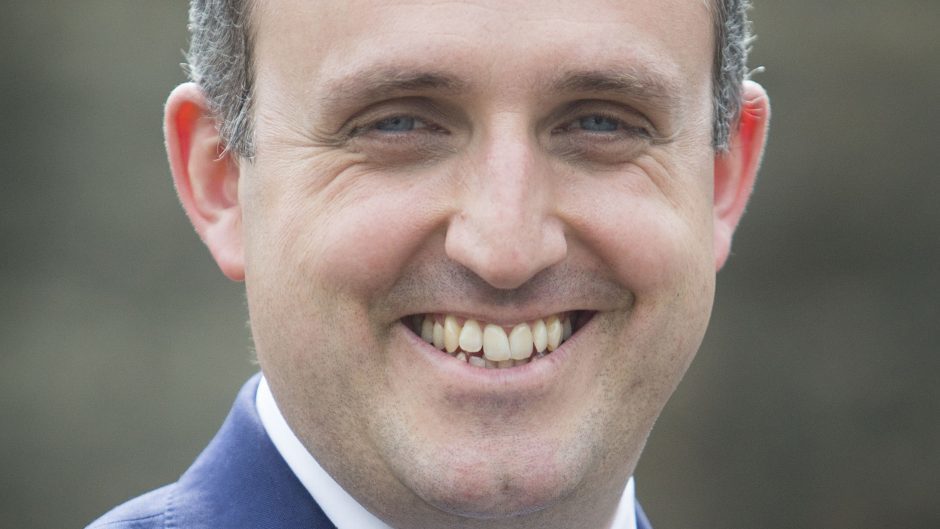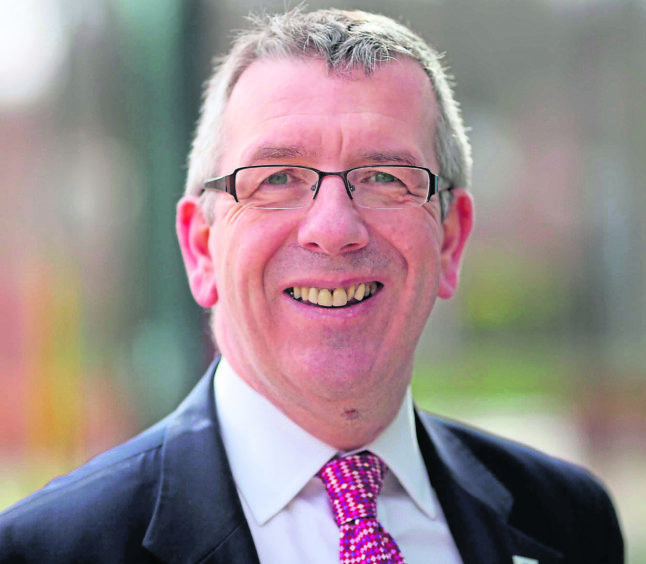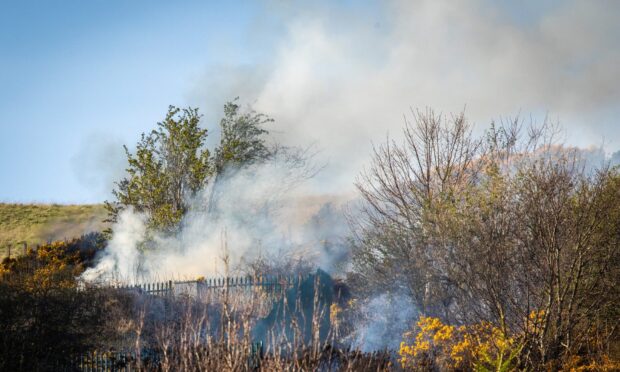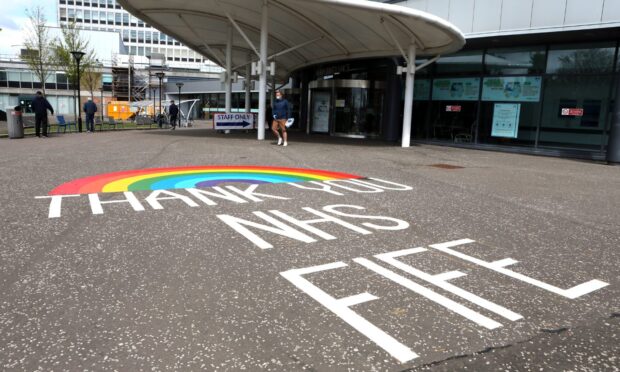The Scottish Government has been accused of ignoring global alerts about asymptomatic carriers spreading Covid-19 when hospital patients were discharged into care homes without tests.
Health Secretary Jeane Freeman was tackled on the issue by Lib Dem Alex Cole-Hamilton when she appeared at the Scottish Parliament’s Health committee.
Ms Freeman accepted she was responsible for the transfer of patients at the outset of the outbreak, which has since been blamed for the high number of Scottish care home deaths. More than 900 elderly patients were moved in March before testing was mandatory.
She defended the decision to move the patients the day after National Records of Scotland (NRS) data revealed the number of care home deaths (1,818) now outstrips hospital fatalities (1,815).
Scottish Government guidance issued in March advised hospitals to discharge patients to free up NHS capacity for people infected with coronavirus.
Mr Cole-Hamilton, his party’s health spokesman, said on January 30 the New England Journal of Medicine reported the case of a Chinese woman who infected eight people in Germany before becoming symptomatic.
“All told, there were a further seven global alerts about patients passing the disease before the onset of symptoms during February and March,” he said.
Mr Cole-Hamilton claimed the international community was “screaming” about asymptomatic transmission but Ms Freeman’s government “accelerated the decant of 1,300 patients from hospitals” without a Covid-19 test.
He asked: “Why did your government ignore those international alerts and who was ultimately responsible for the decision to decant so many patients into care homes whose Covid status was unknown?”
Ms Freeman objected to the use of the word “decant” but admitted that she was responsible, saying “these decisions sit at my door”.
The Health Secretary said there was cross-party support for the decision at the time and there was disagreement amongst scientists about the evidence.
“There was and remains dispute in the scientific health community about asymptomatic transmission,” Ms Freeman said.
“If we look at, for example, the World Health Organisation’s daily Covid report on April 2 it says there are few reports of laboratory-confirmed cases who are truly asymptomatic and to date there has been no documented asymptomatic transmission. So there is a lot of discussion and debate around this.”
Continuing to stay in a hospital setting that was gearing up to receive large numbers of Covid cases was not the safest place for someone clinically fit to leave hospital to remain.”
Jeane Freeman
Ms Freeman said it was reasonable for the government to expect that care homes were taking steps to prevent infection and guidance had been issued on March 13 before anyone was moved from hospital.
Mr Cole-Hamilton said government policy had been to test only those with symptoms in care homes and Ms Freeman had maintained it was “largely futile” to test those who did not appear unwell.
But Mr Cole-Hamilton argued the PCR test was capable of picking up the virus in asymptomatic patients. He said 45 members of staff working for Renaissance Care had tested positive without symptoms.
Ms Freeman said she had not said the test had “no value”. Rather it was “less robust” in asymptomatic cases. For those displaying symptoms the test was 100% accurate when detecting this particular type of coronavirus, the Health Secretary said. But that figure was “significantly lower” – in the 80s – when it came to those who did not appear unwell.
Earlier Ms Freeman had also been challenged on the discharge of hospital patients by Tory health spokesman Miles Briggs.
The Health Secretary said the judgement to move them was “right” given the information at the time.
She said: “Continuing to stay in a hospital setting that was gearing up to receive large numbers of Covid cases was not the safest place for someone clinically fit to leave hospital to remain.”
Freeman suggests Care Inspectorate could be strengthened
The Health Secretary declined to rule out “beefing up” the Care Inspectorate (CI) to give it more powers to regulate the industry when Highlands Labour MSP David Stewart recommended doing so.
She also suggested there had been two unannounced inspections by the CI at Home Farm care home on Skye, where there has been 10 coronavirus deaths. In total the inspectorate had carried out 27 on-site inspections in care homes at 19 locations.
Ms Freeman said it was a “reasonable conclusion” to come to when asked by SNP MSP Sandra White if it was fair to say care home “failings” in preventing the disease had led to cases.
At the beginning of the session, Ms Freeman said early evidence suggested smaller care homes with fewer than 30 residents appeared to have coped better at controlling the virus.
She said: “There does appear to be a distinction between the sizes of care homes, with care homes of a smaller size – 30 beds and under – appearing to do better in terms of handling this virus and the incidence of it.
“But, as I say, this has to be heavily caveated as only early emerging information appears to suggest that.”
Ms Freeman told the committee that 38% of adult care homes have not reported a “Covid-19 incident” during the outbreak and 58% of homes have not done so in the last two weeks.
Scotland’s care home crisis: Q&A on the key issues
Why has there been so much focus on discharge of hospital patients into care homes?
The movement of elderly people from hospital beds into a care home setting at the outbreak of the crisis has emerged as a crucial issue. In the early days of the outbreak, the modelling suggested that 80% of the population would become infected with 4% hospitalised.
On that basis, strenuous efforts were made to increase hospital capacity and increase the number of intensive care beds. Part of that drive was to discharge patents from hospital who were fit to leave but were taking up beds.
Since then there has been deep concern expressed at the movement of these elderly people before mandatory coronavirus testing kicked in on April 21. Care home operators, among others, fear that transferring patients increases the risk of introducing the virus to care homes from hospitals.
Journalists had repeatedly asked how many people were involved in the move to care homes. At one point, Jeane Freeman suggested that about 300 people had been discharged to residential care up until April 15.
But in May official figures showed that 921 were moved in March alone. Ms Freeman apologised for the discrepancy between the two figures.
Nicola Sturgeon and Ms Freeman have defended their decision to move the people, arguing it was based on the best evidence available at the time. But Ms Sturgeon has conceded that with the benefit of hindsight a different decision could have been made.
What is the state of play with care home coronavirus testing?
Right from the start of the outbreak, care home operators expressed concern at the lack of testing of residents and staff. And this week Tory leader Jackson Carlaw raised the issue with Nicola Sturgeon, arguing not enough care home staff were being tested.
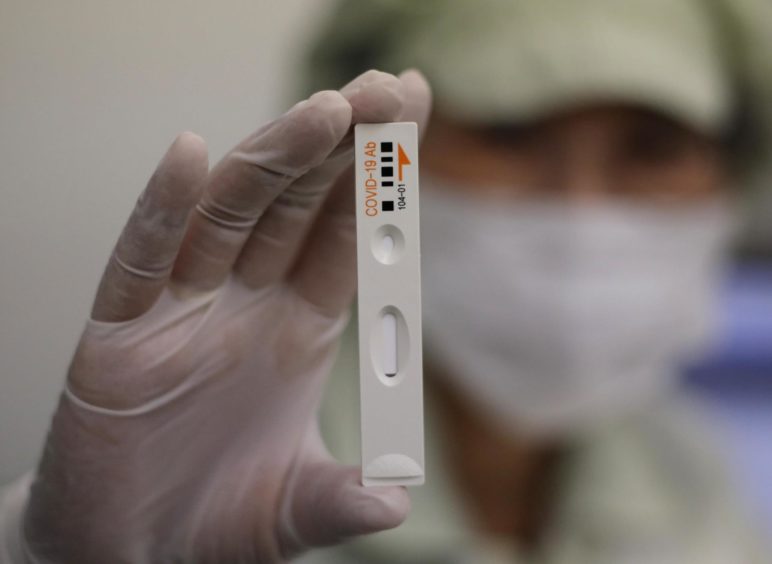
Mr Carlaw said there were 50,000 care home workers in Scotland. If they were being routinely tested on a weekly basis that would translate to 7,000 tests a day. But at the beginning of this week only 5,000 tests per day were being carried out.
Even so, the Scottish Government has pointed out that testing in care homes has been ramped up during the crisis. Currently all staff and residents are tested at a care home whenever there is a confirmed case. Sample testing is carried out in homes where there are no active cases.
Since April 21, patients transferred from hospital are tested. Ministers have consistently argued that while testing is important, it is not infallible and care homes are instructed to isolate residents to prevent transmission.
Why has Personal Protective Equipment (PPE) been such an issue?
A shortage of PPE was a recurring complaint when the coronavirus first came to Scotland. Existing supply lines were put under huge pressure as a result of the surge in demand for equipment such as masks and gowns, designed to prevent the spread of the virus. This was particularly apparent in care homes, where many frontline workers were deeply concerned about the lack of PPE.

With global and domestic supplies stretched, the Scottish Government stepped in and told NHS National Services Scotland to supplement private care homes, who were struggling to get enough PPE from their normal suppliers.
